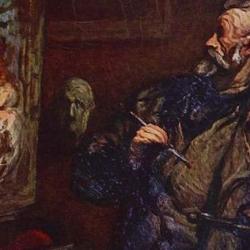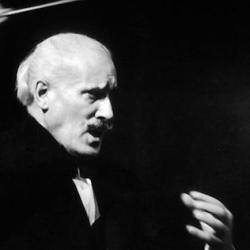At the end of his intriguing discussion of Gericault’s painting Scene of Shipwreck, Julian Barnes gives a brief summary of the fortunes of Noah in Western art, which he says change significantly after the Sistine Chapel: “In the Sistine Chapel the Ark (now looking more like a floating bandstand than a ship) for the first time loses its compositional pre-eminence; here it is pushed right to the back of the scene. What fills the foreground are the anguished figures of those doomed antediluvians left to perish when the chosen Noah and his family were saved. The emphasis is on the lost, the abandoned, the discarded sinners, God’s detritus. (Should we allow ourswelves to postulate Michaelangelo the rationalist, moved by pity to subtle condemnation of God’s heartlessness? Or Michaelangelo the pious, fulfilling his papal contract and showing us what might happen if we failed to mend our ways? Perhaps the decision was purely aesthetic – the artist preferring the contorted bodies of the damned to yet another dutiful representation of yet another wooden Ark.) . . .
“Whatever the reason, Michaelangelo reoriented – and revitalized – the subject. Baldassare Peruzzi followed him, Raphael followed him; painters and illustrators increasingly concentrated on the forsaken rather than the saved. And as this innovation became a tradition, the Ark itself sailed farther and farther away, retreating toward the horizon just as the Argus did when Gericault was approaching his final image. The wind continues to blow, and the tides to run: the Ark eventually reaches the horizon, and disappears over it. In Poussin’s ‘The Deluge’ the ship is nowhere to be seen; all we are left with is the tormented group of non-swimmers first brought to prominence by Michaelangelo and Raphael. Old Noah has sailed out of art history.”















